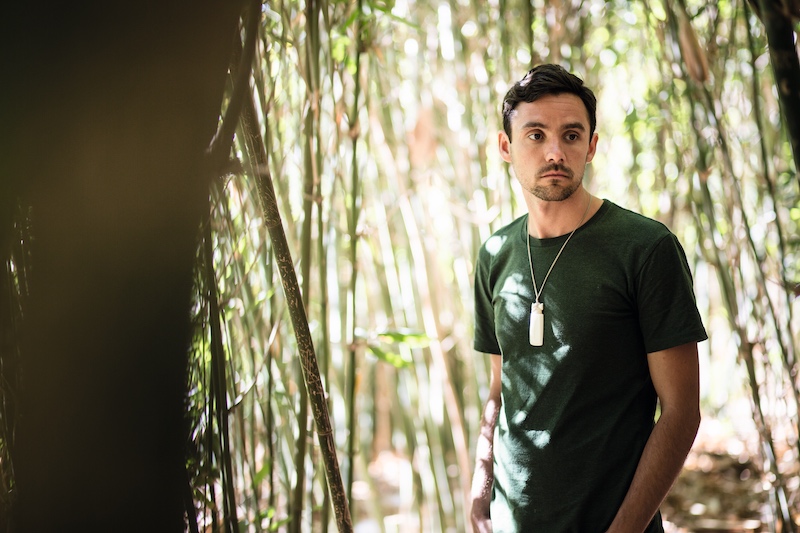James Tylor: Curator’s Radar
James Tylor’s contemporary investigations are powerfully wrought through the reclamation of historical photographic processes such as albumen, cyanotype and daguerreotype.
Words: Jane Raffan
Photography: Daniel Mahon
In 2013, the year of his graduation with a masters of visual art and design (photography) from the South Australian School of Art, Tylor held a solo show of ambrotypes and inkjet prints with Marshall Arts in Adelaide and won the acquisitive Sydney Macquarie Group Emerging Artist Prize with two works from the series. (Deleted scenes) From an Untouched Landscape explored the absence of Indigenous artefacts and culture from the Australian farming landscape.
The same series caught the attention of judges in the 2014 Victorian Indigenous Art Awards and the 31st National Aboriginal and Torres Strait Islander Art Awards. In May, works from his three most recent series were selected for the exhibition Concrete at Monash University Museum of Art.
His trajectory in 2015 continues upward with inclusion in the Aboriginal and Torres Strait Islander Visual Arts Festival at the Art Gallery of South Australia in October as well as a solo show with Melbourne’s Vivien Anderson Gallery. Vivien Anderson was captivated by a “compelling” daguerreotype from his 2013 Voyage of the Waka series, created in response to Charles Darwin’s diary written during an expedition through the South Pacific. The work led her to “discover his deeper repertoire“.
Anderson describes Tylor as “a trained observer of the truth” whose work addresses “the European reconfiguration of Indigenous culture and place in Australia and New Zealand” through “changing the meaning of place”.
Tylor’s newest body of work comprises haunting daguerreotypes shot through with bullet holes for the exhibition Penumbral Tales at Flinders University City Gallery, which will show from 24 July to 20 September 2015. In Whalers, Sealers and Land Stealers, shadowy, pierced images throw light on the colonisation of Victoria and the frontier conflict that took place between the first Europeans and the Gunditjmara (the local the Aboriginal people of the Portland Bay area) in 1834 when sealers and whalers Edward Henty and William Dutton took claim of the land.
Tylor’s practice always addresses a personal connection: “my family’s farm in Narrawong, 15 kilometres east of Portland, was originally a part of the Gunditjmara nation … many of the oral histories of the frontier violence towards the Gunditjmara people that took place on our land have been passed down through the many other white landowners to our family.”
Image: James Tylor. Portrait by Daniel Mahon
This article was originally published in Art Collector issue 71, JAN – MAR 2015









